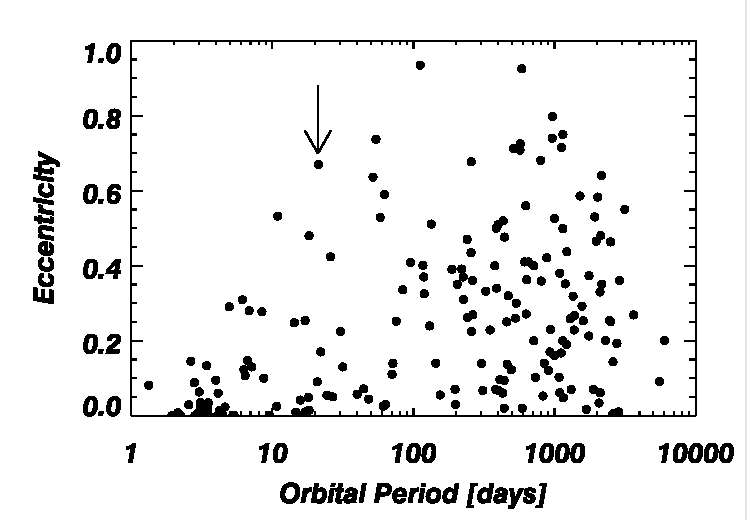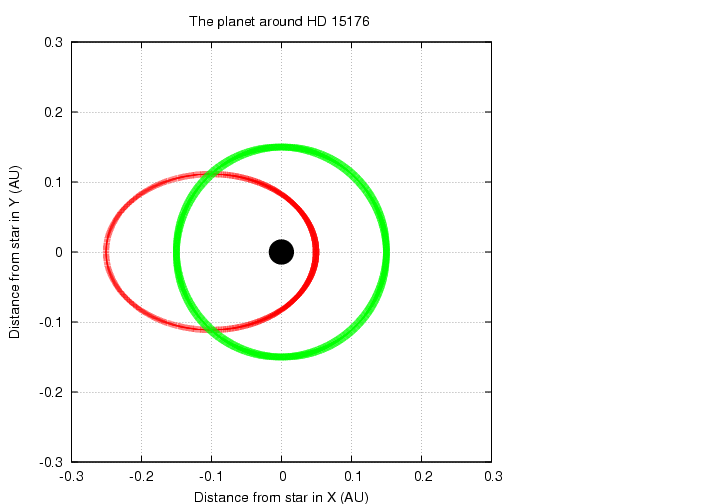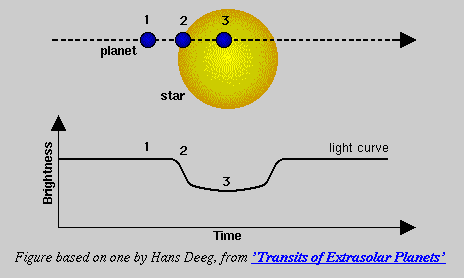
The answer is "Yes." Maybe you haven't heard yet, but the story may hit the newspapers in the next few days.
There are several ways to find planets around other stars ...
Some methods require very expensive equipment and lengthy analysis ... but one is relatively simple: the transit method. Measure the brightness of a star over and over and over and over and over and over and over ... If you see a small dip in the star's intensity which lasts for a few hours, you may have found yourself a planet!
It's not a trivial job -- because planets are so much smaller than their host stars ...

... the decrease in stellar brightness is pretty darn small. For example, look at this light curve of the ingress of a transit of the star known as "WASP-2".
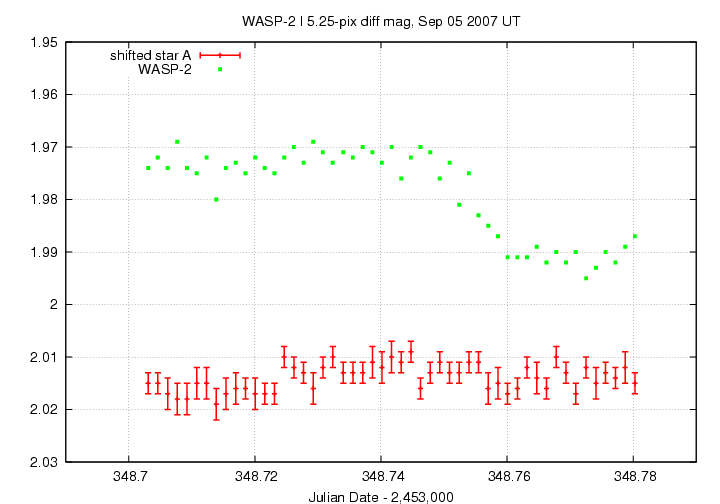
Nonetheless, with good technique and careful analysis, even small backyard telescopes can make measurements of this quality.
There are, of course, lots and lots of stars in the sky. Which ones are good candidates for study? A group called transitsearch.org has set up a web site to help organize the efforts of interested observers. They have put together a list of stars which DO have planets orbiting around them, discovered by the radial velocity technique . Some of these planets ought to pass in front of their host stars, producing transits.
So, interested amateurs can pick convenient targets from this list of candidates and start observing.
Just a few days ago, a collaboration of professional and amateur astronomers announced that they had found transits around one of these stars. You can find their technical paper on the ArXiV.org preprint server.

Here's an example of the combined dataset during one transit. You can see that it's important to have a number of observers:
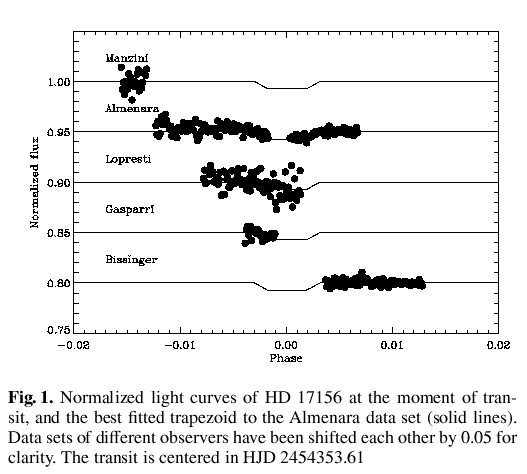
This is a closeup of the measurements made by Almenara -- again, note the size of the signal and the uncertainties in the measurements.
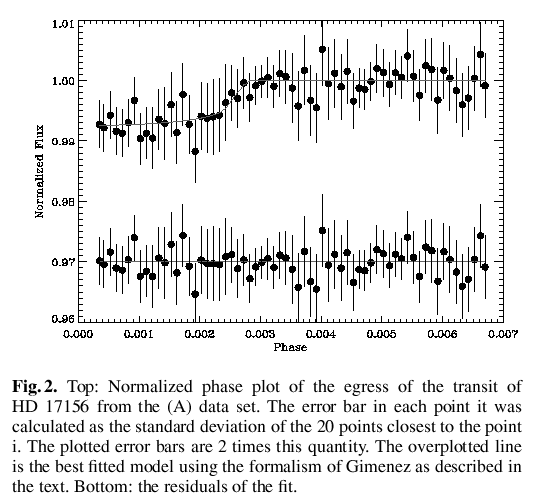
Now, as mentioned earlier, professional astronomers with very big telescopes (Keck 10-m and Subaru 8-m) had already found this planet by the radial velocity variations it induces in its host star; you can find a detailed description of their work in another paper:
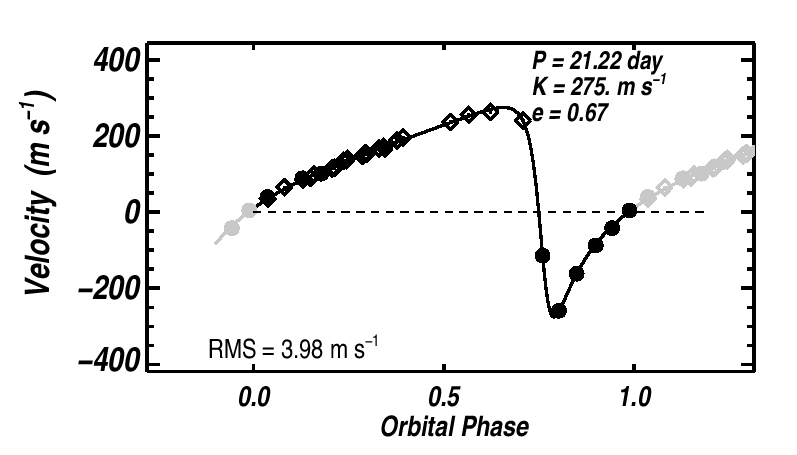
As you can see, the host star is pulled in an asymmetric manner -- that means that the orbit of this planet is highly eccentric, not circular.

